ADS13: Entangled Ocean: Shoreline Signals
Jump to
This year, ADS13 will study and reimagine architectures and landscapes at the sea-land interface.
“How inappropriate to call this planet Earth, when it is quite clearly Ocean.”
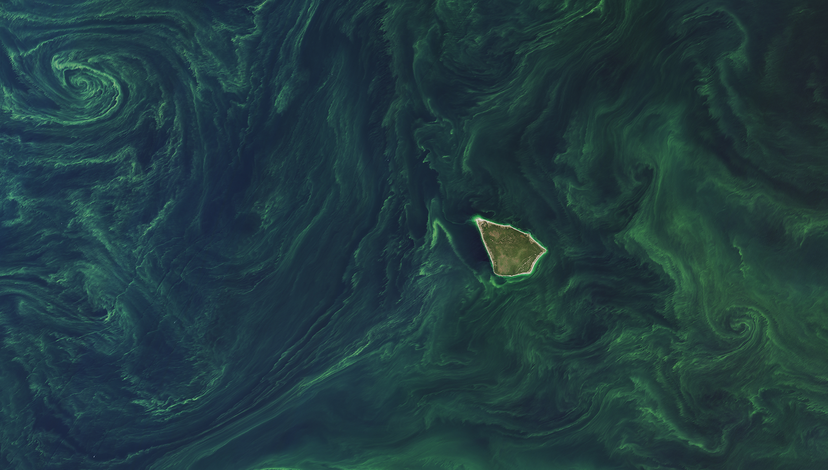
Phytoplankton blooms trace ocean currents in the Baltic Sea; their presence signalling possible oxygen depletion caused by excess nutrients in the water from agricultural fertiliser and sewage runoff. LANDSAT photograph by Michala Garrison (NASA Earth Observatory), 2025
Studio Tutors: Inferstudio: Bethany Edgoose & Nathan Su
Saltwater covers 70 percent of our planet’s surface. And yet, in the words of oceanographer Helen Czerski, “The great tragedy of the ocean is that light doesn’t travel through it. We’re very visual creatures, and we don’t believe things are there if we can’t see them. And so we assume it doesn’t matter.”
Czerski describes Earth’s oceans as a blue machine; an intricate system of dynamic physical processes that, when balanced, regulate life on land. On top of this machine, we have built new ones; from global shipping, to underwater pipelines and cables, to sprawling fishing fleets and a growing lattice of marine sensors. Humanity’s terrestrial existence is fundamentally entangled with the state of Earth’s oceans. Now – as tides rise and coastlines erode – the shoreline simultaneously represents the threshold to the world’s only remaining wilderness and the looming threat of climate catastrophe.
Our ability to adapt to a world forecasted to warm by +3 degrees within the next century depends on a deep understanding of marine processes and a complete reimagination of how we harvest, draw energy from, regenerate, govern, and monitor the ocean.
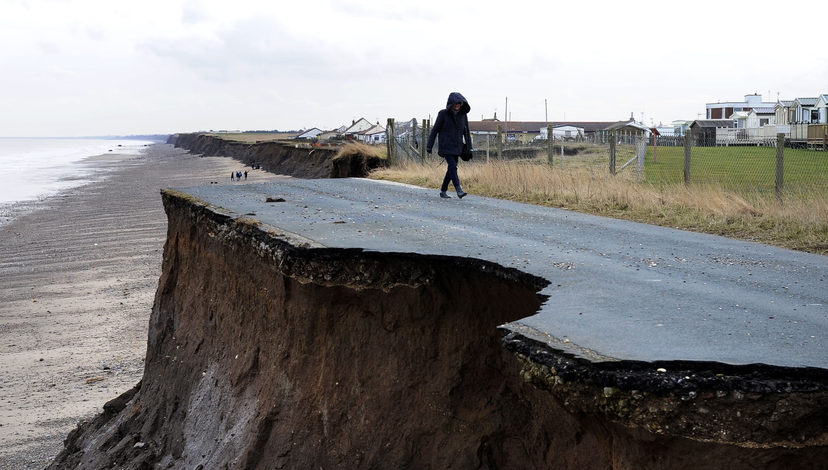
Erosion on the Holderness Coast, John GIles, 2023
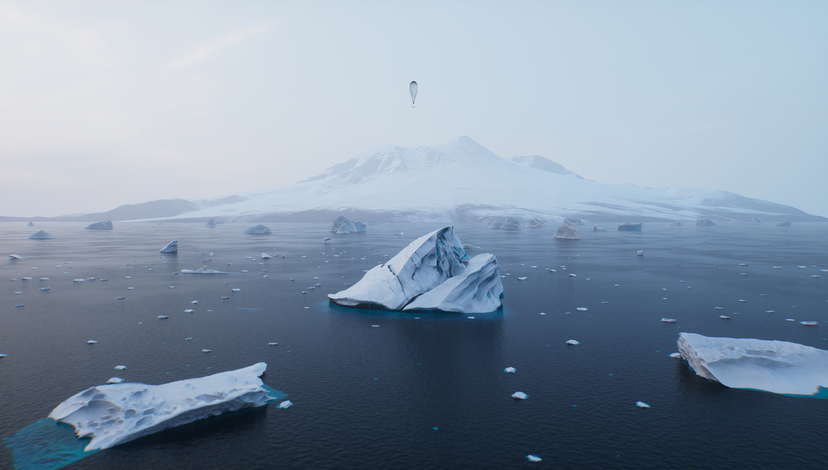
Still from Entangled Atlas, Inferstudio, 2024
Listening Posts
This year, ADS13 will study and reimagine architectures and landscapes at the sea-land interface. Tidal defense barriers, flood resistant housing, algae farms, oceanic research stations, digital archives of sinking island states, global mega-ports: each tells the story of oceans that are increasingly entangled with terrestrial human life and the climate crisis. For us, these projects are ‘listening posts’, places of heightened sensitivity to possible oceanic futures.
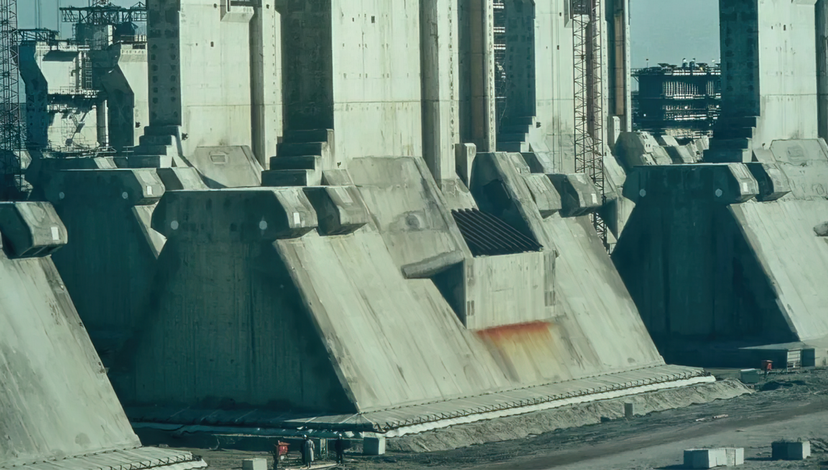
Construction of the Oostersheldekering Storm Surge Barrier in the Netherlands, Senses Atlas, 1986
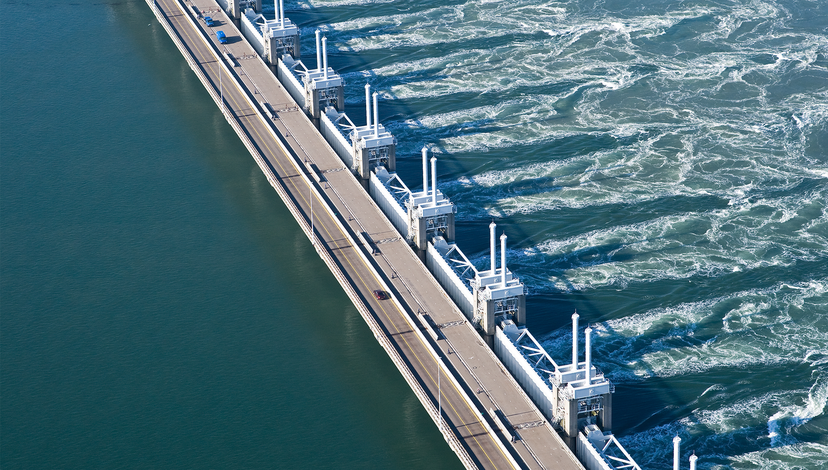
The Oostersheldekering Storm Surge Barrier, Joop Van Houdt
In Term 1, students will develop case studies of specific coastal sites that act as climate listening posts. For Year 1 students, these will focus on regions in the UK or along Europe’s North Sea Coast, and will inform a preliminary design project for their own ‘listening post’. Year 2 students will begin by defining a detailed research agenda and brief for a site of their choosing. We will work through video essays, narrative images/models, and digital cartography. The studio will be supported by a range of technical workshops on GIS, digital production design, and film editing.
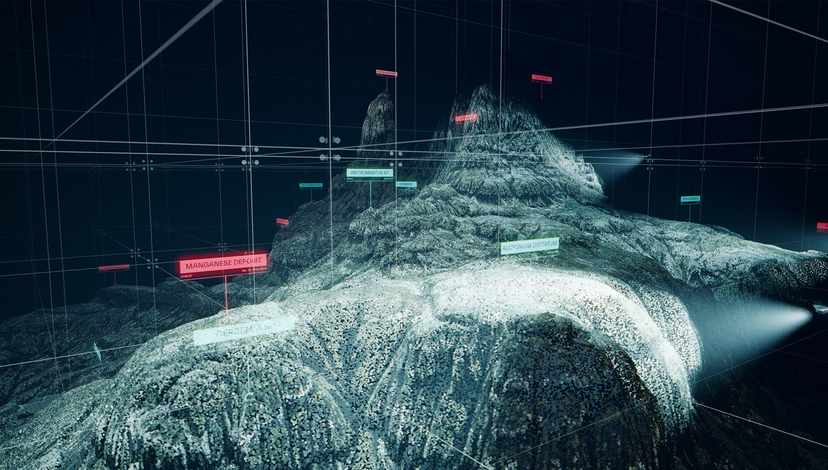
Still from Havsrå, Inferstudio + TBA21-Academy + Radical Ocean Futures, 2025
In Term 2, we will seek architectural scenarios that act as provocations for radically rethinking ocean economics, politics, and ecology beyond current anthropocentric values. Projects will act as ‘possibility fields’—spaces for experimenting and evaluating the strange and wild ways that we might adapt to the climate crisis.
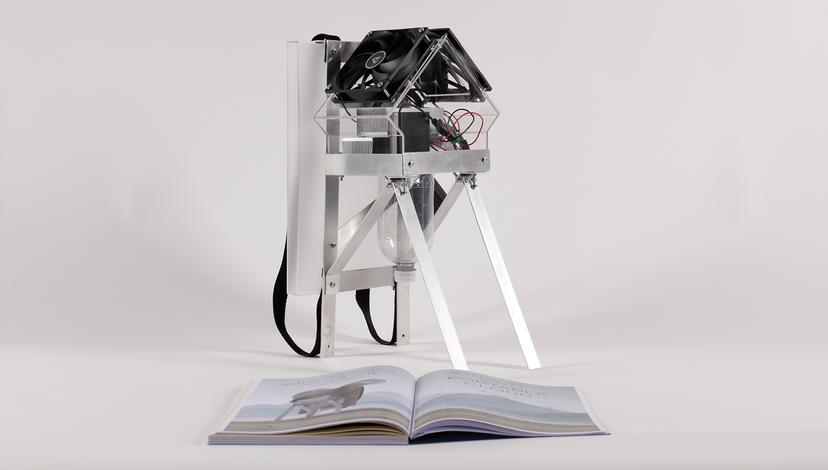
Portable Cloud Prototype, Harry Mellor (Y1, ADS13), 2025
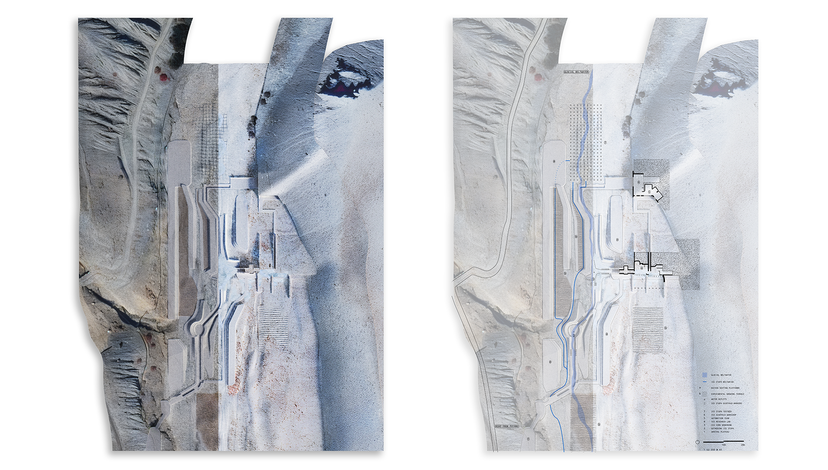
Site Map - Ladakh Glacial Laboratory, Sophia McGowan (Y1, ADS13), 2025
Today’s polycrisis demands radical shifts in the planetary processes and values shaping human and more-than-human lives. Earnestly engaging with this task is the design problem of our time. In ADS13, we use critical fiction as a way to question our current trajectories and illuminate possible alternative pathways. In Term 3, design proposals will be re-articulated as narrative scenarios, using film to deliver projects holistically, as worlds. We will ask students to consider their specific audience(s) and how their projects might find agency beyond an academic context.
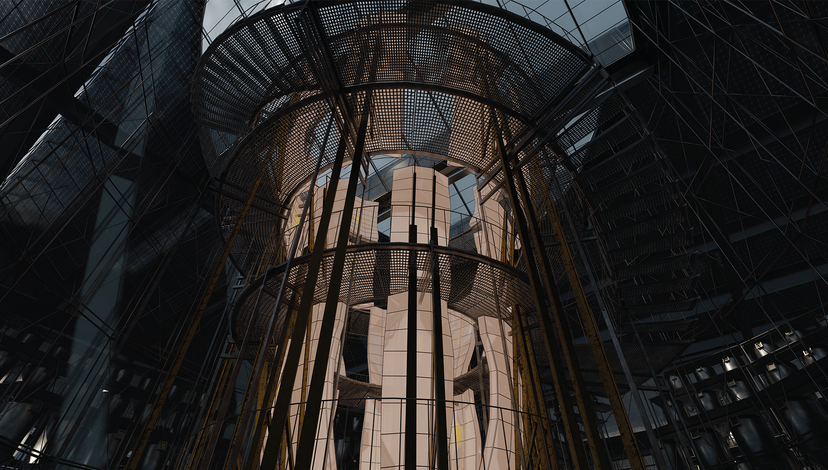
Still from ‘Pastoral Pollination’, James Fan (Y2, ADS13), 2025
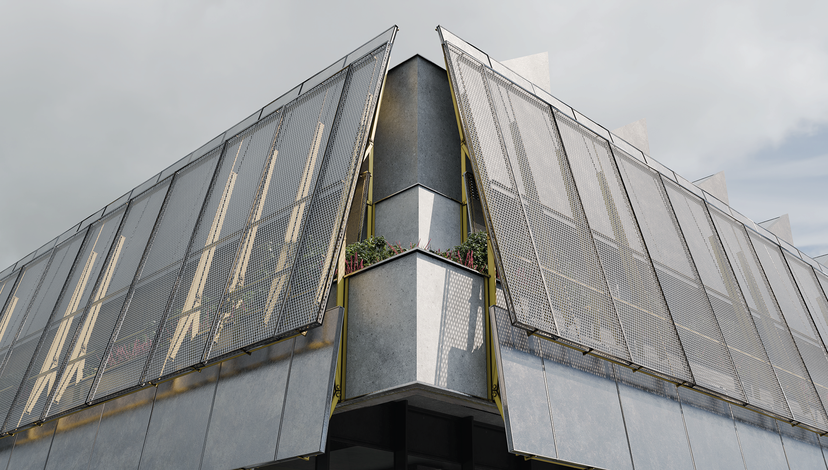
Still from ‘Pastoral Pollination’, James Fan (Y2, ADS13), 2025
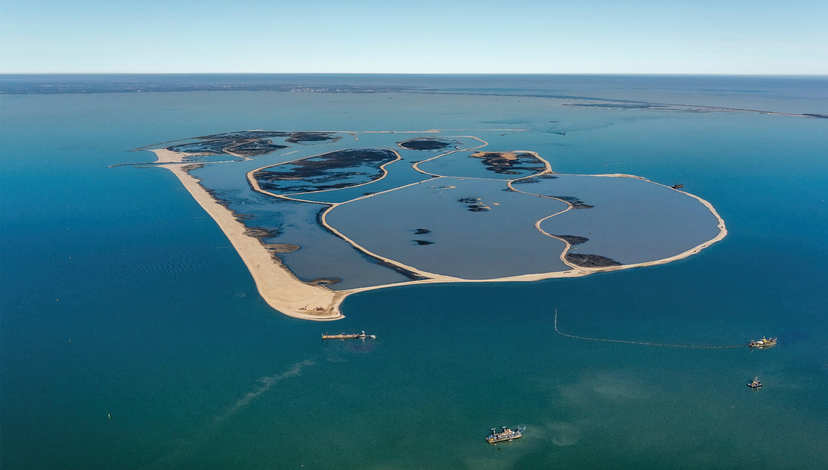
Marker Wadden artificial wetland, John Gundlach, 2021
Live Project/Field Trip:
During the October reading week, we will travel to the Netherlands where we will visit tidal defence sites within the Deltaworks project, algae farms, artificial wetland rewilding sites, floating housing districts and more. As part of the field trip we will conduct a workshop and film screening with the Radical Ocean Futures initiative at the Stockholm Resilience Center. The workshop will explore how critical fiction might be deployed as a science communication tool within climate policy contexts.
Teaching Day: Tuesday
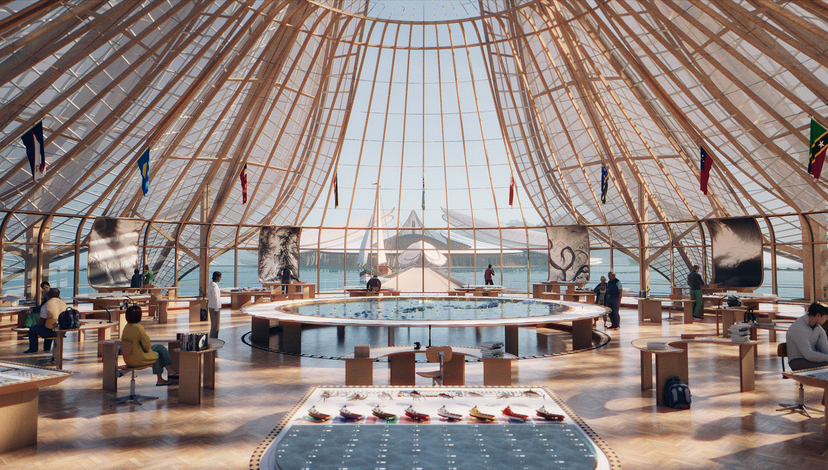
Still from M.A.N.A, Inferstudio + TBA21-Academy + Radical Ocean Futures, 2025
Tutors
ADS13 is led by Bethany Edgoose and Nathan Su, co-founders of Inferstudio, a multidisciplinary studio working through worldbuilding and investigative design. Inferstudio works through digital production design,with projects that span from CGI-narrative films to navigable research platforms that visualise complex data.
Bethany is an editor and writer with a background in anthropology and international studies. She has worked as a cyber-security analyst and a nuclear security researcher, and has taught multiple studios within the AA Visiting School programme in Melbourne. She graduated with distinction from the M.Sc in Anthropology and Development at the London School of Economics.
Nathan is a production designer and technologist with a background in architecture. He has worked extensively with Forensic Architecture, and has taught in architecture schools internationally, including at UCLA, the Architectural Association (AA), and Strelka Institute. He studied architecture at the University of Melbourne and at the AA, where he received Diploma Honours.